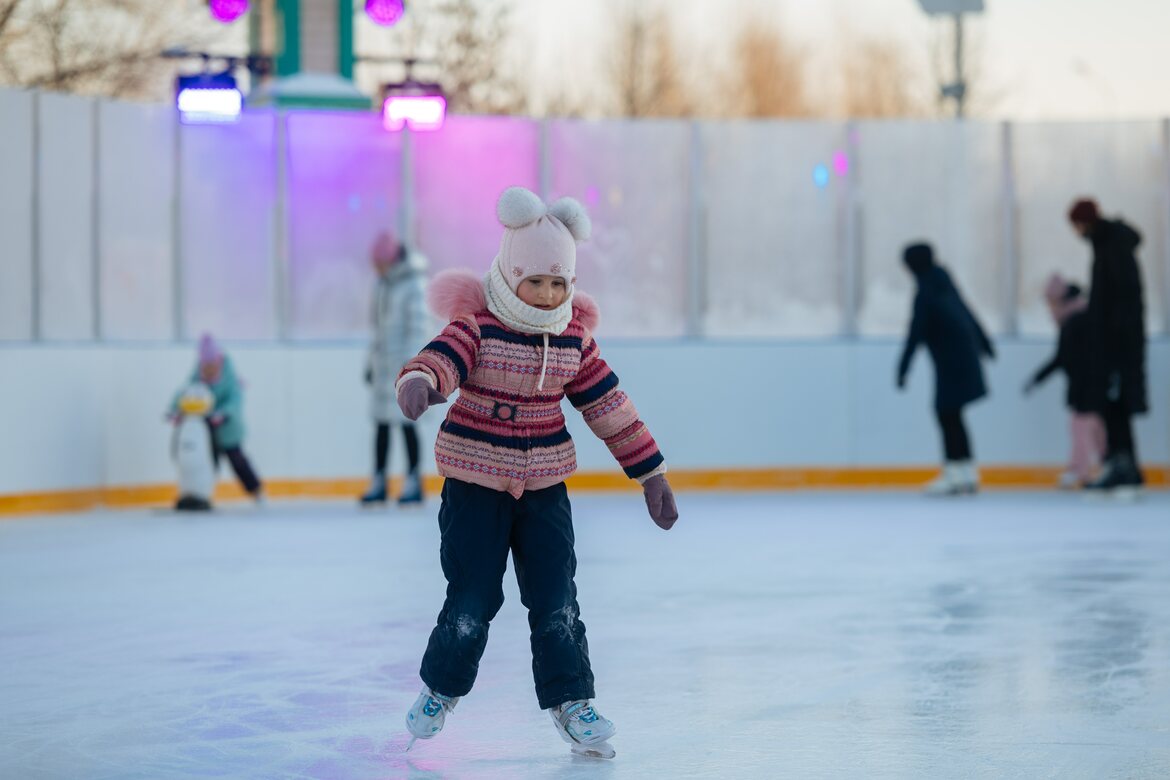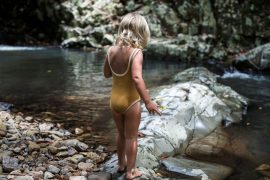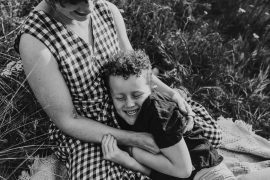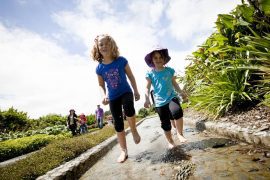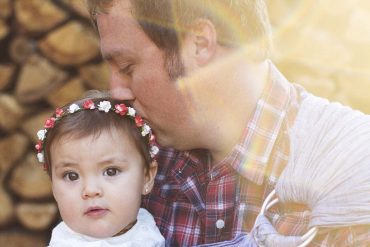By Kylee Ryers
After the 2022 Winter Olympics in China, the New Zealand team, including speed skater Peter Michael, is inspiring a new generation of sportspeople with their skating skills. Ice skating is a wonderful way to spend time with your children. Not only is it good exercise, it’s also a wonderful way of bonding with your little ones. Although ice skating is a minority sport in New Zealand, there are indoor ice rinks across the country, where you can skate all year round, as well as seasonal rinks that are often put up over the Christmas holiday period in towns and cities. You can also find ice skating clubs in Auckland, Gore, Dunedin, Alexandra, Christchurch and Queenstown.
The Benefits of Ice Skating
Ice skating is excellent for your physical fitness – it works almost every muscle group in your body, and the gliding action helps your joints and flexibility. Skating also helps to improve your coordination and balance, as well as being good for posture. When children learn to ice skate, there are also psychological benefits. Mastering new skills is a big boost to self confidence, and as you whizz around the ice, the brain releases endorphins making you naturally feel happy.
Ice skating is excellent for your physical fitness – it works almost every muscle group in your body, and the gliding action helps your joints and flexibility.
Introducing young children to the ice
Very young children and toddlers will thoroughly enjoy being on the ice. Just make sure that you wrap them up warm, with plenty of padding and layers. Gloves, elbow pads and knee pads are an essential, and many ice rinks ask very young children to wear a helmet. One of the first things you should teach your little one is that everyone falls over. You may find at first that they spend a fair amount of time on the floor, but that’s OK, because cleaning a synthetic ice rink is easy and can be done without the use of harmful chemicals. Sweeping an ice rink every day will keep it free from debris and dirt. When they are first learning to skate, many young children get on well with a “penguin” frame, also known as an ice walker, to help them maintain their balance. This will give them stability and confidence.
Very young children and toddlers will thoroughly enjoy being on the ice. Just make sure that you wrap them up warm, with plenty of padding and layers.
Teaching tips
One of the first skills you need to master when learning to ice skate is being able to transfer your weight from one foot to another. You can teach your child to do this by marching on the ice. They don’t need to try and propel themselves forward, just get used to leaning on each foot in turn. Once they have mastered marching on the ice, they can then change the motion into a glide on each foot. At this stage, your little one will also need to learn how to stop safely using a “snow plow” – making a v-shape, with toes pointing towards each other. These basics will boost your child’s confidence in moving and stopping on the ice.
Ice skating is so much fun, and an excellent way of staying fit and healthy. It is also a wonderful way that you can spend time with your child away from computer screens and television.
Kylee Harris is an educator who has taught in elementary schools in Singapore and Hong Kong for 5 years. She lives in Florida and continues to teach life skills to young adults in her community.

